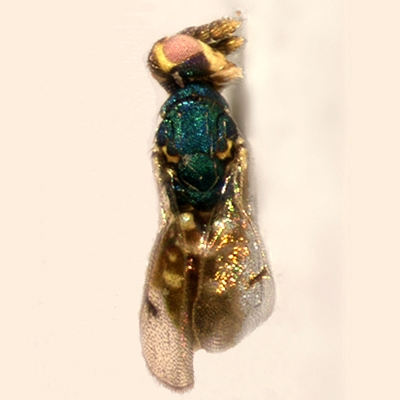 |
|||||||||||||||||||||||||||||||||||||||||||||||||||||||||||||||||||||||||||||||||||||||||||||||
|
|
Home | Open the Key | References | ||||||||||||||||||||||||||||||||||||||||||||||||||||||||||||||||||||||||||||||||||||||||||||
|
|||||||||||||||||||||||||||||||||||||||||||||||||||||||||||||||||||||||||||||||||||||||||||||||
Classification
|
|||||||||||||||||||||||||||||||||||||||||||||||||||||||||||||||||||||||||||||||||||||||||||||||
Subfamily Tribe |
|||||||||||||||||||||||||||||||||||||||||||||||||||||||||||||||||||||||||||||||||||||||||||||||
Diagnosis
|
|||||||||||||||||||||||||||||||||||||||||||||||||||||||||||||||||||||||||||||||||||||||||||||||
|
|
||||||||||||||||||||||||||||||||||||||||||||||||||||||||||||||||||||||||||||||||||||||||||||||
| |
|||||||||||||||||||||||||||||||||||||||||||||||||||||||||||||||||||||||||||||||||||||||||||||||
Distribution |
|||||||||||||||||||||||||||||||||||||||||||||||||||||||||||||||||||||||||||||||||||||||||||||||
|
Cirrospilus ambiguus is recorded in
India, Malaysia, South Africa, Taiwan, Tanzania and Vietnam.
|
|||||||||||||||||||||||||||||||||||||||||||||||||||||||||||||||||||||||||||||||||||||||||||||||
| |
|||||||||||||||||||||||||||||||||||||||||||||||||||||||||||||||||||||||||||||||||||||||||||||||
Biology |
|||||||||||||||||||||||||||||||||||||||||||||||||||||||||||||||||||||||||||||||||||||||||||||||
|
The species was collected from the agromyzid leafminers Liriomyza sativae Blanchard, L. trifolii (Burgess) and Calycomyza lantanae (Frick) (Hansson & La Salle, 1996; Noyes, 2001). |
|||||||||||||||||||||||||||||||||||||||||||||||||||||||||||||||||||||||||||||||||||||||||||||||
| |
|||||||||||||||||||||||||||||||||||||||||||||||||||||||||||||||||||||||||||||||||||||||||||||||
| |
|||||||||||||||||||||||||||||||||||||||||||||||||||||||||||||||||||||||||||||||||||||||||||||||
Comments |
|||||||||||||||||||||||||||||||||||||||||||||||||||||||||||||||||||||||||||||||||||||||||||||||
|
Cirrospilus
belongs to the tribe Cirrospilini,
having funicle 2-segmented in both sexes, propleura separated
posteriorly, submarginal vein with 3 or more setae dorsally and
2 pairs of scutellar setae.
We have considered C. ambiguus separately, as this species has morphological features unique within Cirrospilus. Indeed, C. ambiguus may be quite easily distinguished from all the other Cirrospilus by the notauli, which curve to meet the anterior margin of axilla, rather than extending to the hind margin of mesoscutum. This character has usually been used as one of the main features to distinguish Cirrospilus from Zagrammosoma and Diglyphus. In the description of C. ambiguus (Hansson & La Salle, 1996), the authors preferred to place this species in Cirrospilus because it doesn’t have other characters usually associated with Zagrammosoma or Diglyphus: it is mainly metallic in coloration and without a vaulted vertex, while Zagrammosoma has vaulted vertex and is always non-metallic; some yellow markings are present, while Diglyphus are always completely metallic. C. ambiguus may be distinguished from the other Cirrospilini included in the key as follows: Danuviella, Meruana and Semielacher have a distinct petiole; moreover, Meruana has propodeal plicae which converging posteriorly; Semielacher has notauli reaching mesoscutum posteriorly; Diaulinopsis has postmarginal vein long at least 1.50 the stigmal vein length and notauli reaching posterior margin of mesoscutum. |
|||||||||||||||||||||||||||||||||||||||||||||||||||||||||||||||||||||||||||||||||||||||||||||||

